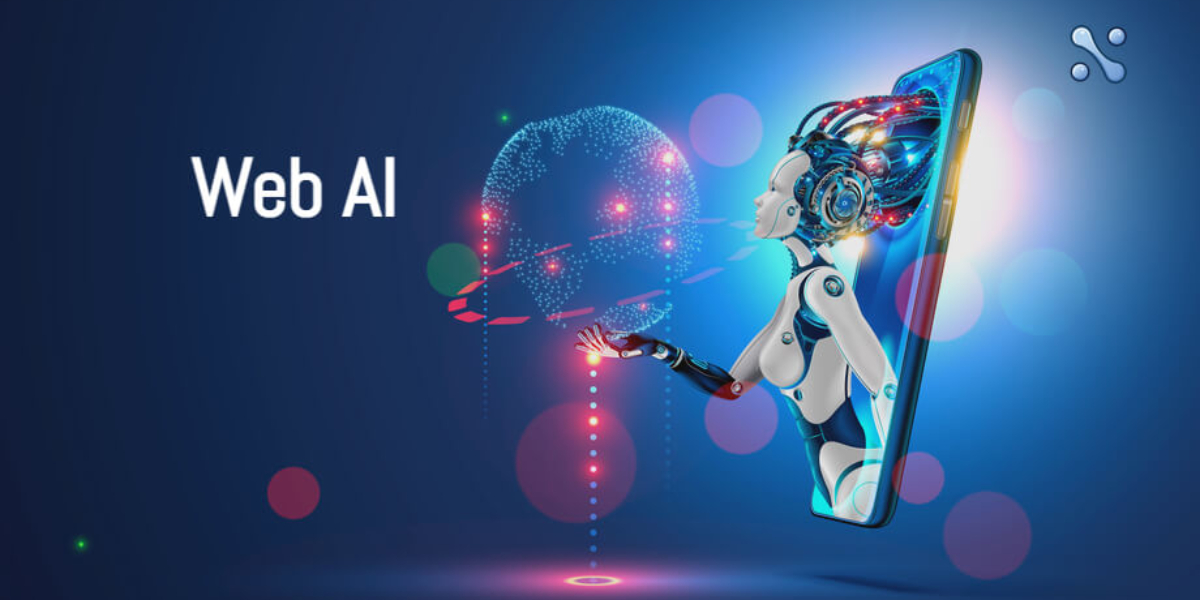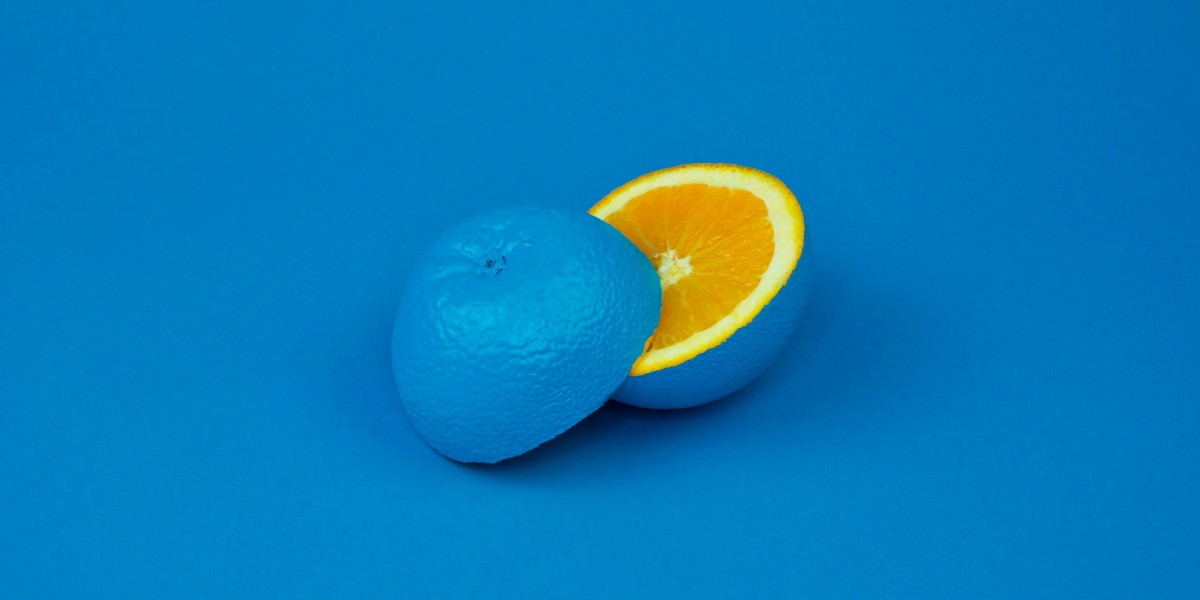Blog
The role of Artificial Intelligence (AI) in web design

The role of Artificial Intelligence (AI) in web design is rapidly evolving. By 2025, AI will likely redefine website design processes, pushing the boundaries of automation and creativity. But with this rapid evolution, an important question arises: Will AI replace human website designers?
This blog explores how AI will shape website design by 2025, what website designers can expect, and whether AI will ever fully replace human creativity and expertise in this field.
1. The Current Role of AI in Website Design
Today, AI is already assisting website designers in numerous ways:
- AI-Powered Design Tools: Tools like Adobe Sensei and Sketch's AI-powered features automate mundane tasks, such as resizing images or suggesting design layouts. This speeds up the workflow for designers.
- AI-Driven Website Builders: Platforms like Wix ADI (Artificial Design Intelligence) and Bookmark’s AI assistant, AIDA, allow users to create websites by answering a few simple questions. These tools automate design decisions like color schemes, layouts, and font choices.
- Personalization: AI allows designers to create personalized experiences for users by analyzing user behavior and preferences. AI can suggest relevant content or modify layouts based on individual visitors, offering a more tailored user experience (UX).
But, while AI is making waves, human designers still play a crucial role. They provide creativity, empathy, and the understanding of complex user needs—things that AI is not yet able to replicate fully. However, this dynamic could evolve significantly by 2025.
2. How AI Will Impact Website Designers by 2025
As AI continues to develop, its impact on web design will only deepen. By 2025, we can expect several key trends and developments in how AI will influence the website design industry:
a) Increased Automation of Routine Tasks
AI will handle more of the repetitive, time-consuming aspects of web design. This will include automating design elements like:
- Creating Wireframes: AI will be able to generate wireframes based on the website’s objectives, eliminating the need for designers to start from scratch.
- Code Generation: Tools like GPT-4 have already shown their capability to write code. By 2025, AI will likely generate large portions of website code with high accuracy, speeding up development times.
- UI/UX Testing: AI can already test different design variants for usability. In 2025, expect AI to perform these tasks more quickly and accurately, providing designers with actionable insights without the need for human intervention.
b) AI as a Creative Partner
In 2025, AI won’t just be automating mundane tasks—it will actively contribute to the creative process. AI will:
- Suggest Design Enhancements: Based on data-driven insights, AI will offer suggestions to optimize color schemes, layouts, and typography to boost engagement or conversions.
- Generate Creative Content: AI will be able to create visual content, such as images, videos, and even animations, based on user behavior or website data. This will allow designers to focus on more strategic tasks.
- Collaborative AI-Design Tools: AI tools will work more seamlessly with designers, offering real-time suggestions during the design process. Tools like Figma and Adobe XD are already heading in this direction, and by 2025, they will likely become more advanced, functioning almost like a co-designer.
c) Hyper-Personalization and Dynamic Content
AI's ability to analyze vast amounts of data will allow designers to create websites that dynamically change based on user preferences in real-time. By 2025, we can expect AI to handle:
- Adaptive Layouts: AI will generate different versions of a website layout depending on user behavior. For example, a user visiting from a mobile device will see a different version of the website than someone using a desktop, with layouts and features customized for each user.
- Predictive User Experience: AI will predict user needs and preferences, adjusting the site design on the fly. For example, if a visitor frequently browses a certain category, the website’s design may automatically prioritize that content.
d) AI as a Decision-Making Tool
By 2025, AI will be the primary decision-making tool in many aspects of website design. It will provide insights based on data analytics, guiding designers in making decisions that optimize for user experience (UX), SEO, and conversions. For instance:
- Data-Driven Design Decisions: AI will analyze metrics such as bounce rates, time spent on page, and conversion rates to recommend design improvements.
- A/B Testing Automation: AI will conduct real-time A/B tests and implement the best-performing designs automatically, saving time and improving outcomes.
3. Will AI Replace Human Website Designers by 2025?
While AI will significantly alter the way website designers work, the idea that AI will completely replace human website designers by 2025 is far-fetched. Here’s why:
a) Creativity and Empathy are Human Strengths
AI excels at data analysis and pattern recognition, but creativity and empathy remain inherently human traits. Designing a website involves understanding user emotions, preferences, and desires—qualities that AI lacks. While AI can assist with decision-making, human intuition is still necessary to create truly impactful designs that resonate with users.
For instance, when designing for a brand, understanding the cultural, emotional, and psychological nuances of a target audience is crucial. AI can process data, but it can’t grasp the underlying human connections that make great design work.
b) Collaboration Over Replacement
AI should be viewed as a powerful tool that enhances a designer’s workflow rather than a replacement. Designers will still be needed to:
- Set the Design Vision: AI can suggest improvements, but it can’t create a design vision from scratch. Designers will continue to define the direction and aesthetics of websites.
- Humanize the Experience: AI lacks the ability to understand subtleties like tone, humor, and emotional triggers. Designers bring these human elements into their work to create a memorable user experience.
- Provide Strategic Oversight: Designers will be needed to oversee AI-generated designs, ensuring they align with the overall goals of a project. AI can help with execution, but strategy remains a human domain.
c) AI Limitations in Complex Scenarios
AI might excel at handling repetitive tasks, but it struggles with complex design challenges that require innovative thinking. In 2025, there will still be scenarios where human intervention is necessary:
- Handling Complex Branding Needs: AI can analyze past data, but when it comes to creating a fresh, innovative brand identity, humans will remain essential. Website design is often about conveying brand messages in unique ways, which AI lacks the creativity to fully achieve.
- Interpreting Client Feedback: Website designers often deal with subjective feedback from clients. Understanding and interpreting this feedback to create a design that meets expectations requires human communication and negotiation skills.
4. The Future of Website Designers in an AI-Driven World
Instead of being replaced, website designers in 2025 will likely evolve into more strategic roles. They will work alongside AI, using it as a tool to enhance creativity, streamline workflows, and deliver better user experiences. Here’s how website designers can prepare for the future:
a) Learning to Work with AI
Designers who embrace AI tools will thrive in 2025. Understanding how to integrate AI into the design process will be a valuable skill, allowing designers to focus on more creative and strategic aspects of their work while AI handles repetitive tasks.
b) Focusing on Human-Centered Design
As AI takes over more technical tasks, designers should focus on human-centered design. This involves empathy, understanding human behavior, and creating experiences that resonate on a deeper emotional level.
c) Specializing in UX and Strategic Design
AI will handle much of the day-to-day design tasks, but designers can specialize in UX research, strategy, and higher-level design thinking. By positioning themselves as UX experts and strategists, they can offer value that AI can’t replicate.
d) Continuous Learning and Adaptation
The rapid pace of technological change means that website designers must commit to continuous learning. Staying updated on the latest AI tools, UX trends, and design best practices will be essential to remain competitive in the evolving industry.
Thus
By 2025, AI will undoubtedly transform the website design industry, automating many tasks and assisting designers with data-driven insights. However, the notion that AI will replace human website designers is overstated. While AI will handle routine tasks, human creativity, empathy, and strategic thinking will remain indispensable in crafting impactful, engaging websites.
Instead of fearing AI, website designers should embrace it as a powerful ally that will help them work smarter and more efficiently. The future of web design is not AI vs. humans, but rather AI and humans working together to create better, more dynamic websites for users.
Key Takeaways:
- AI will significantly automate web design tasks by 2025, but creativity and empathy will keep humans at the center of design.
- Designers will evolve into more strategic roles, using AI to enhance their workflows.
- AI is a tool, not a replacement. The future of web design lies in collaboration between humans and AI.




